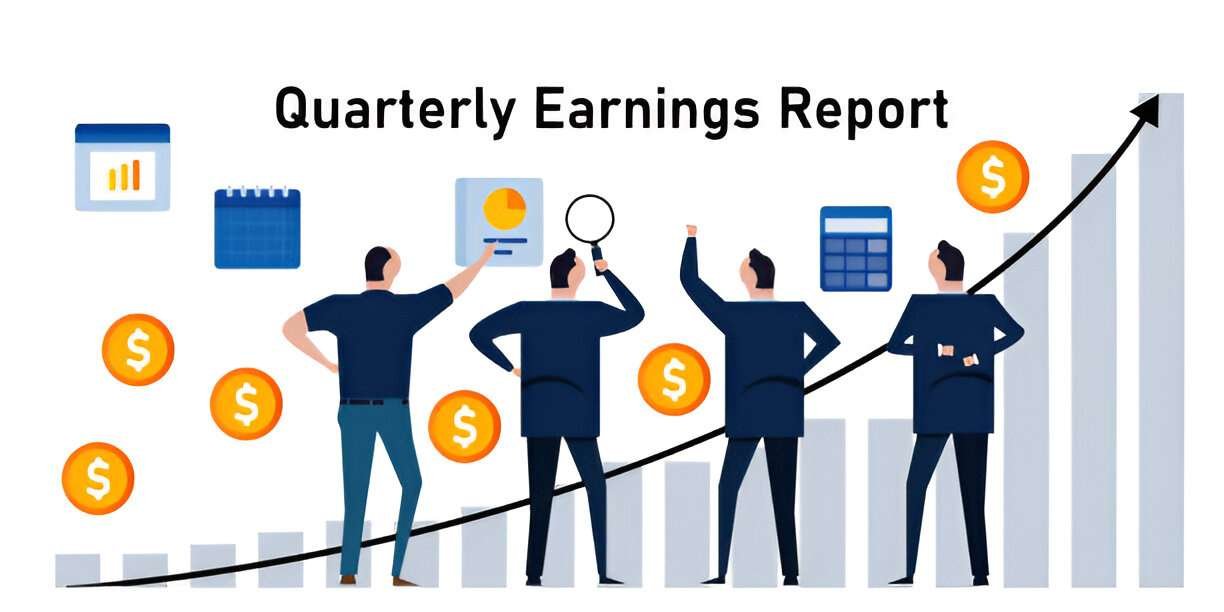Introduction
Identifying the next big trend in the stock market is the holy grail for investors. Whether it was the dot-com boom, the rise of electric vehicles, or the AI revolution, those who got in early saw massive returns. But spotting these trends before they become mainstream requires a mix of analysis, intuition, and strategic thinking. I’ve spent years studying market cycles, consumer behavior, and technological advancements to uncover profitable trends before they hit the headlines. In this article, I’ll break down how to identify, analyze, and invest in emerging market trends to maximize returns while managing risks.
Understanding Market Trends
Before diving into how to spot the next big trend, it’s essential to understand the different types of market trends:
| Type of Trend | Definition | Example |
|---|---|---|
| Secular Trends | Long-term trends that last decades | Digital transformation, demographic shifts |
| Cyclical Trends | Trends tied to economic cycles, usually lasting a few years | Interest rate cycles, commodity price fluctuations |
| Short-Term Trends | Temporary market movements driven by sentiment | Meme stocks, social media hype |
For long-term wealth creation, I focus primarily on secular and cyclical trends because they are rooted in fundamental shifts rather than speculative hype.
Key Indicators for Spotting Emerging Trends
1. Follow Technological Breakthroughs
Some of the biggest investment opportunities arise from technological disruptions. The internet revolutionized commerce, AI is transforming industries, and blockchain is reshaping finance.
How to track?
- Monitor patent filings and R&D investments.
- Watch venture capital funding in new tech.
- Follow university research in breakthrough sciences.
2. Watch Consumer Behavior Shifts
Changing demographics and consumer preferences drive long-term investment themes. The rise of plant-based diets, streaming services, and remote work are examples of consumer-driven shifts.
Indicators to look for:
- Rising Google search trends
- Increased spending in certain categories (via earnings reports)
- Social media buzz and engagement metrics
3. Analyze Corporate Investment Trends
When large corporations pivot towards a new industry, it’s a strong signal that change is coming.
What to track?
- Where major corporations allocate R&D budgets
- Mergers & acquisitions in emerging industries
- New product launches and market entries
4. Follow Government Policies and Regulations
Government initiatives can fast-track new industries. Renewable energy, 5G infrastructure, and semiconductor investments have all been fueled by policy changes.
Key sources:
- Federal budgets and stimulus packages
- Tax incentives and subsidies for emerging industries
- New regulatory frameworks
5. Look at Early Market Performance
New trends often show strong stock performance in their infancy before becoming mainstream.
Signs to watch:
- Stocks in a new industry outperforming major indices
- Consistent revenue growth in early-stage companies
- Institutional investors increasing stakes in emerging sectors
Case Studies: Past Trends That Created Wealth
1. The Rise of E-Commerce
Amazon (NASDAQ: AMZN) changed retail forever. Those who recognized the shift to online shopping in the early 2000s saw exponential gains.
| Year | Amazon’s Stock Price |
|---|---|
| 2000 | $10 |
| 2020 | $3,200 |
2. Electric Vehicles (EVs) and Tesla
Tesla (NASDAQ: TSLA) led the EV revolution, and early investors reaped huge rewards.
| Year | Tesla’s Stock Price (Split-Adjusted) |
|---|---|
| 2010 | $3.84 |
| 2021 | $1,200 |
3. The AI Boom
Nvidia (NASDAQ: NVDA) capitalized on the AI trend, supplying critical GPU technology.
| Year | Nvidia’s Stock Price |
|---|---|
| 2010 | $10 |
| 2023 | $450 |
Practical Steps to Identify and Invest in the Next Big Trend
1. Develop a Screening Process
I use a systematic approach to identify promising sectors before they go mainstream. Here’s my step-by-step method:
| Step | Action |
|---|---|
| Identify Macro Trends | Look at global economic, technological, and demographic shifts |
| Analyze Market Data | Look at revenue growth, profit margins, and stock performance in new industries |
| Evaluate Industry Reports | Read analyst predictions, venture capital reports, and research papers |
| Assess Risk and Reward | Determine competitive advantages and barriers to entry |
2. Diversify Across Themes
Rather than betting on one trend, I spread investments across multiple emerging sectors.
3. Use ETFs for Exposure
Investing in sector-specific ETFs minimizes risk while gaining exposure to high-growth areas.
| Sector | ETF Example |
|---|---|
| AI | Global X AI & Technology ETF (AIQ) |
| EVs | Global X Autonomous & Electric Vehicles ETF (DRIV) |
| Renewable Energy | iShares Global Clean Energy ETF (ICLN) |
4. Watch Early Stock Movers
Companies that show strong early growth in a new industry often lead the trend.
Key metrics to track:
- Revenue growth rate
- Market share expansion
- Institutional ownership
5. Have an Exit Strategy
Even great trends have downturns. I set price targets and use stop-loss orders to protect gains.
Conclusion
Spotting the next big trend in the stock market isn’t about following hype—it’s about identifying fundamental shifts before they become obvious. By tracking technological innovations, consumer behaviors, corporate investments, and government policies, I stay ahead of the curve. While no investment is risk-free, using data-driven strategies and a diversified approach increases the probability of success. The key is patience, research, and the willingness to act before the rest of the market catches on.




